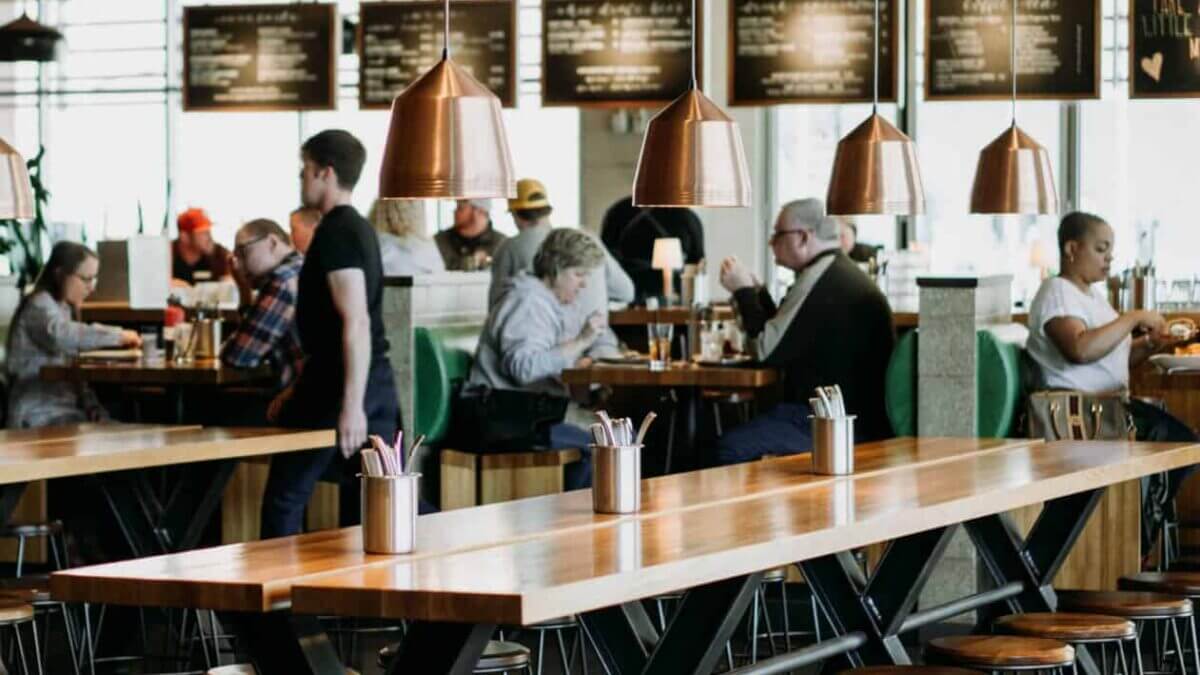Imagine. You’re running your restaurant. It’s the middle of lunch hour and the power suddenly goes out. You call Tenaga Nasional (or your local utilities company) and they tell you that electricity can only be restored in 5 hours. What are you going to do? Especially if you don’t have any backup power generators to keep your business going.
Well, to begin with, besides reassuring your customers that all is well, you need to find a way to protect your stock from going bad.
You should have an appliance thermometer that is kept inside your fridge. Many refrigerators only have settings to raise or lower the temperature, but they don’t provide an actual temperature reading. So, it’s a good idea to get one to make sure you know when the temperature warms to an unsafe point.
The US Department of Agriculture (USDA) say your refrigerator should be kept at or below a temperature of 40ºF, and your freezer at or below 0ºF.
Your refrigerator will be able to keep food safe for up to 4 hours at these temperatures when there’s no power. It’s also important that you keep the door closed as much as possible.
You won’t know how long the outage will last, so it’s a good idea to keep the food cool for as long as possible. This will give you the best chance of preventing spoilage.
After the four hour mark, you should discard perishable foods like meat, poultry, fish, eggs, and leftovers.
Also, don’t ever taste the food to see if it has gone bad. Some foods may look and smell fine but still contain enough bacteria to cause serious problems.
Keeping bags of ice at the ready will also prove beneficial. Keep them in your freezer to help maintain its temperature, and you can use it later if you have to transfer your food into a cooler.
Here’s an interesting trick, group all your frozen food together in the freezer. This will help keep the food cold for a longer period of time. It will have the same effect as keeping bags of ice on top of your frozen products.
When in trouble and it does not look like the power will be back on any time soon, Items such as milk, meat, poultry, and leftovers should be moved into the freezer. Don’t worry about compromising on their quality as they can be defrosted quickly when needed.
Here are a few foods that you can keep after 4 hours of no power:
- Hard cheeses (block or grated) like Parmesan, Cheddar, Colby and Swiss.
- Processed cheeses
- Butter and margarine
- Uncut fresh fruits
- Opened or closed containers of frest fruit juice
- Opened canned fruits
- Dried fruits, raisins, candied fruits, dates.
- Uncut fresh vegetables.
- Fresh mushrooms, herbs, spices.
- Peanut butter, jelly, jam, relish, taco sauce, mustard, catsup, olives, pickles.
- Opened vinegar-based dressings.
- Fruit pies.
Some frozen foods can also be saved. A full freezer will hold a safe temperature for approximately 48 hours (24 hours if it is half full and the door remains closed). Just note that the quality of these foods may suffer.
Here’s a list of foods you can still keep safely:
- Hard cheeses.
- Breakfast items: waffles, pancakes, bagels.
- Breads, rolls, muffins, cakes (without custard fillings).
- Flour, cornmeal, nuts.
Meats, eggs and dairy products should be discarded if they have been without refrigeration, whether in the fridge or freezer, and left thawed for more than 2 hours. Same thing applies for soups, stews, ice cream and yoghurt.
The best tip to follow when it comes to what is still safe for consumption and what isn’t: When in doubt, throw it out.
MIFB has some solutions to avoid your fresh ingredients from going bad. Visit us and RSVP in the button below to know the current F&B trend.



